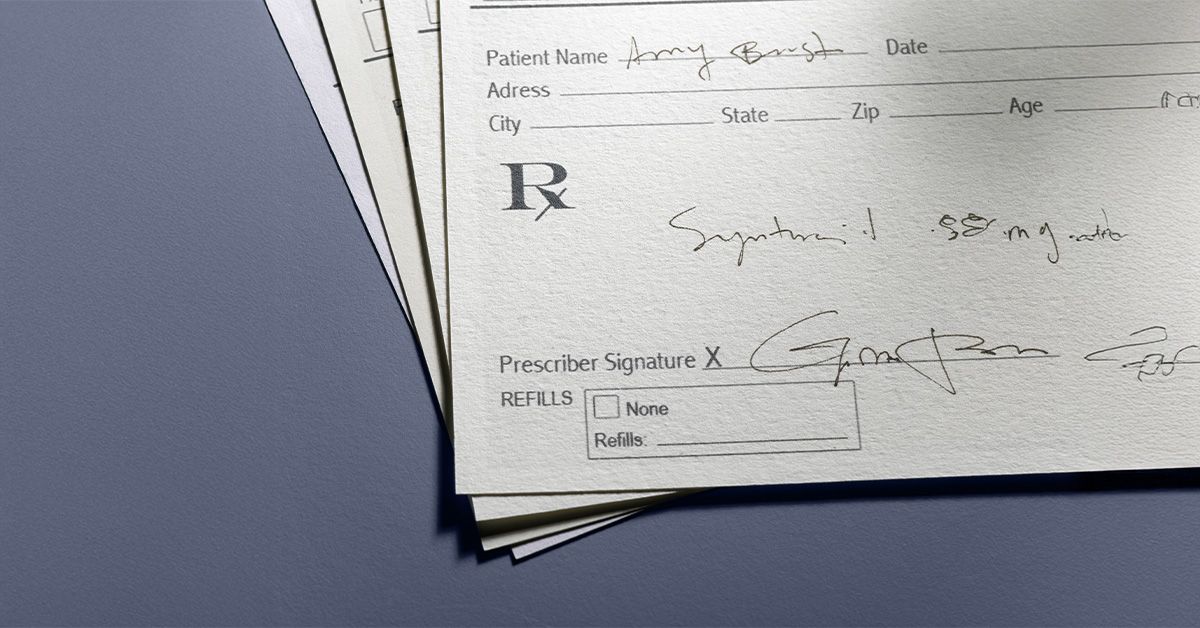Hey there! Remember that moment when you first picked up a prescription and thought, "Okay, how much is this going to cost me?" Yeah, I've been there too. It's one of those moments that can make your stomach drop faster than a rock in water. But what if I told you that understanding Medicare lisinopril coverage doesn't have to feel like solving a Rubik's cube blindfolded?
Let's cut right to the chase Medicare does cover lisinopril, and I'm here to walk you through everything you need to know. Whether you're managing high blood pressure, recovering from a heart episode, or just trying to keep your health costs in check, this medication might just be your new best friend and your wallet will thank you for knowing how to navigate the coverage landscape.
Understanding Your Coverage
So, does Medicare cover lisinopril? The short answer is yes! You'll find this lifesaver under Medicare Part D, which is the prescription drug coverage component of Medicare. Think of it like having a helpful friend who always remembers to pick up your prescriptions.
Now, here's where it gets interesting lisinopril is what we call a "workhorse" medication. It's been around the block (literally decades!), and it's proven itself time and again in treating conditions that matter to so many of us. We're talking about high blood pressure, heart failure, and helping folks recover after heart attacks. It's like the reliable station wagon of blood pressure medications dependable and affordable.
But here's something you might not know: while generic lisinopril coverage is pretty much universal across Medicare plans, the brand-name version (Zestril) might be a different story. Some plans might ask you to try the generic first, which honestly makes sense when you consider that generics work just as well but cost a fraction of the price.
What Makes Lisinopril So Important?
You know how some medications are just... essential? Lisinopril falls squarely into that category, especially for our senior community. This isn't just about taking a pill it's about maintaining quality of life, staying active, and keeping those grandkids guessing about when you're going to challenge them to another round of cards.
Imagine lisinopril as your cardiovascular bodyguard. It works quietly behind the scenes, keeping your blood pressure in check and reducing the risk of those scary events we all want to avoid strokes, heart attacks, and even kidney complications in diabetic patients. Pretty impressive for a little white pill, isn't it?
The beauty of lisinopril is that it's not flashy or expensive. It's been approved by the FDA for ages, which means we have decades of real-world data showing it works well for most people. Plus, it's generally well-tolerated, which means fewer trips to your doctor's office for "let's try something else" conversations.
Breaking Down the Costs
Let's talk turkey or rather, let's talk about those numbers that keep us up at night. Your out-of-pocket costs for lisinopril with Medicare are going to depend on a few key factors, kind of like ingredients in your favorite recipe.
First, there's your monthly premium that's the fee you pay just to have your Part D plan. Then comes your deductible, which in 2025 is capped at $590 (thank goodness for limits, right?). After that, you'll either pay a copayment or coinsurance amount when you pick up your prescription.
Here's where it gets fascinating lisinopril typically lands in Tier 1 or Tier 2 of your plan's formulary. Think of tiers like a grocery store pricing system. Tier 1 medications are like your everyday staples affordable and always in stock. Tier 2 might be like those slightly fancier items that cost a bit more but are still very reasonable.
| Tier | Cost Level | Typical Copay |
|---|---|---|
| Tier 1 | Low-cost generic | $0$5 |
| Tier 2 | Preferred brand | $5$20 |
See what I mean? For a medication that can literally save your life, paying somewhere between free and maybe twenty bucks is pretty amazing, wouldn't you say?
Understanding Coverage Phases
Okay, so Medicare Part D works in phases almost like levels in a video game, but less entertaining and more about your wallet. In 2025, you've got three main phases to keep in mind.
First up is the Deductible Phase, where you pay full price until you hit that $590 mark (some plans don't even have a deductible now that's what I call a sweet deal). Then comes the Initial Coverage phase, where you and Medicare split the costs. Finally, if you're particularly unlucky with health expenses, you reach the Catastrophic Coverage phase, where Medicare covers almost everything. It's like finally getting that power-up you've been waiting for.
Checking Your Plan
Here's where I wish I could give you a hug because I know this part can feel overwhelming. But guess what? Checking whether your Medicare drug plan lisinopril coverage is easier than you think.
The simplest way is to hop onto Medicare Plan Finder it's like having a personal shopper for your prescriptions. Pop in your zip code, type in your medications, and boom you've got a list of plans with their costs. It's so satisfying, kind of like organizing your closet and finally finding that missing sock.
When you're looking at formularies (yes, that's a real word for "list of covered drugs"), pay attention to a few key things. Is lisinopril listed as preferred or non-preferred generic? Are there any step therapy requirements that might make you jump through hoops? These details can make a difference in both convenience and cost.
When to Make Changes
Life happens, and sometimes your Medicare plan needs to change too. The Annual Enrollment Period (October 15 to December 7) is like your yearly opportunity to hit the reset button on your coverage. It's the perfect time to shop around and see if there's a better deal out there for you.
And if life throws you a curveball maybe you move to a new state or lose other coverage you might qualify for a Special Enrollment Period. It's like getting a second chance when things don't go according to plan.
Safety First, Always
Let's chat about the nitty-gritty of taking lisinopril. Like any good relationship, you need to know both the good and the not-so-good parts. The common side effects? Mostly mild stuff like a dry cough (annoying, but not dangerous) and sometimes feeling a bit dizzy. It's like your body's way of saying, "Hey, this medication is working."
Now, some folks need to be extra careful. If you've had angioedema before (that's fancy medical speak for severe swelling), lisinopril might not be your friend. And if you're allergic to ACE inhibitors, well, that's a hard no. Your body is pretty smart about these things.
Here's where it gets interesting lisinopril likes to play well with others, but not always. If you're taking diuretics, potassium supplements, or even those over-the-counter NSAIDs like ibuprofen, you'll want to chat with your doctor. It's like making sure your houseguests all get along at Thanksgiving dinner.
Your Helpful Resources
Feeling a bit overwhelmed? I totally get it. That's why there are some amazing resources out there ready to help you navigate this maze. Medicare.gov is like the ultimate roadmap for prescription coverage. And if you prefer talking to a real human being, your local State Health Insurance Assistance Program (SHIP) is staffed with wonderful people who live and breathe this stuff.
And here's something that warms my heart if you're on a limited income, there's help available called Extra Help or Low-Income Subsidy. It's like having a financial superhero swoop in and dramatically reduce your prescription costs. We're talking about paying just a few dollars per prescription. How amazing is that?
Making It All Work for You
You know what strikes me most about all of this? Medicare lisinopril coverage is actually pretty straightforward once you know where to look. It's like one of those puzzles that seems impossible until someone shows you the trick, and then you wonder why it ever seemed so complicated.
The key is knowing that generic lisinopril coverage is widely available, the costs are generally very reasonable, and the system is designed to help you get what you need without breaking the bank. Plus, with the Inflation Reduction Act bringing some new benefits to the table, things are looking even brighter for folks who rely on this medication.
My advice? Don't let the Medicare system intimidate you. Take some time to check your plan's formulary, compare those tier costs, and see if there are any subsidies you might qualify for. Sometimes the smallest changes can lead to the biggest savings, and wouldn't it feel great to discover you're spending less than you thought on something so important to your health?
Remember, you're not alone in this. Millions of people rely on lisinopril, and countless others have navigated these same questions and concerns. It's totally normal to feel a bit unsure at first, but armed with the right information, you've got this.
So go ahead check your coverage, compare your options, and don't be shy about asking questions. Your health is worth every bit of effort you put into understanding how to protect it. And if you ever feel confused or overwhelmed, remember that resources like Medicare.gov and your local SHIP office are there to help, no questions asked.
You've got this, and more importantly, you've got access to the care you need. That's something worth celebrating.
FAQs
Does Medicare cover lisinopril?
Yes, Medicare Part D covers lisinopril, typically as a low-cost generic under Tier 1 or Tier 2 of most formularies.
What is the typical cost of lisinopril with Medicare?
Most people pay between $0 and $20 for lisinopril with Medicare, depending on their plan’s formulary tier and coverage phase.
Is brand-name Zestril covered by Medicare?
Some Medicare plans cover Zestril, but many require trying the generic lisinopril first due to cost differences.
How can I check if my plan covers lisinopril?
Use the Medicare Plan Finder tool on Medicare.gov to see if your plan includes lisinopril and at what cost.
Are there programs to help with lisinopril costs?
Yes, if you qualify for Extra Help (Low-Income Subsidy), you may pay as little as $0 for lisinopril.
Disclaimer: This article is for informational purposes only and does not constitute medical advice. Always consult with a healthcare professional before starting any new treatment regimen.
Related Coverage
Know how to report death to Social Security and Medicare promptly. Get step-by-step help to avoid overpayments and learn about survivor benefits....
Find out if Medicare covers adult day care services and explore options for financial assistance with adult day care....
Learn how to change Medigap policy without medical underwriting, when guaranteed issue rights apply, and steps to switch safely....
See if you qualify for Medicare grocery benefits through Medicare Advantage plans. Get food allowances to help manage your health....
Medicare drug costs in 2025 are changing with a $2,000 out-of-pocket cap. See how much you’ll pay and how to save on prescriptions....
Find the right Rhode Island Medicare plan with our simple guide. Compare Original Medicare and Medicare Advantage options....
Get trusted Medicare plan help from SHIP, 1-800-MEDICARE, and free tools. Make confident choices without sales pressure....
Wondering which custodial care service is right for you or your family in 2024? Check out our top 5 recommendations, including nursing homes, assisted living, and more. Find the best fit for your loved one's needs....
Coping with retinol irritation like burning, redness, dryness? Learn how long symptoms last, when to worry, and get aftercare tips to heal skin post inflammation....
Taking over a loved one's finances is challenging. Learn how to manage financial caregiving responsibly and avoid common pitfalls....









